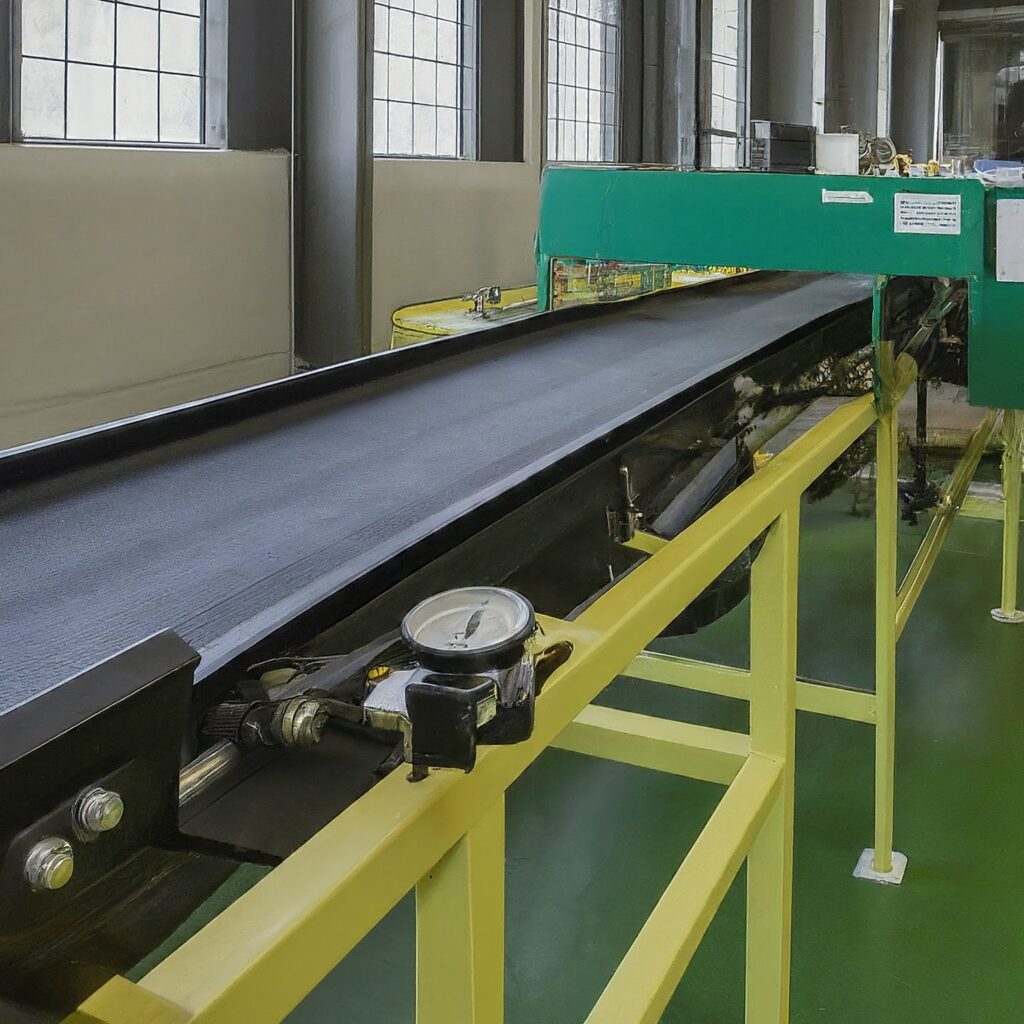In cement production, precision is key. From blending raw materials to monitoring kiln feed and bagging finished cement, accurate weighing is crucial. Belt conveyor scales have become essential tools in this process, providing real-time data on material flow and weight to ensure seamless production.
Why Are Belt Conveyor Scales Indispensable for Cement Production?
These systems integrate with conveyor belts to continuously weigh materials in motion. Whether it’s limestone, clay, clinker, or gypsum, belt conveyor scales deliver precise measurements of flow rate and total weight. This data allows for process fine-tuning, improving product quality, and reducing waste.
Inside a Belt Conveyor Scale: Key Components
- Weighing Carriage: This platform supports the belt section being weighed and houses load cells, which convert the material’s weight into an electrical signal.
- Belt Speed Sensor: Attached to the conveyor’s tail pulley, this sensor measures belt speed, which is crucial for determining material flow rate.
- Electronic Integrator: This device merges signals from the load cells and speed sensor to calculate the total weight of material passing over the scale.

Types of Belt Conveyor Scales: A Perfect Fit for Every Cement Need
Different scales are designed to meet the diverse requirements within cement production:
- Single-Idler Scales: Simple solutions for non-critical applications where extreme precision is not essential.
- Multiple-Idler Scales: Using multiple weigh idlers, these scales offer enhanced accuracy for various applications.
- High-Precision Scales: For scenarios demanding utmost precision, such as weighing expensive additives or meeting strict regulations.
Selecting the Right Weighing System for Your Cement Plant
Choosing the ideal belt conveyor scale for your cement production requires careful evaluation of the following factors:
- Accuracy: Determine the accuracy level needed for each production stage.
- Material Type: Consider the properties of your materials, like density and flow, and choose a scale accordingly.
- Belt Width and Speed: Ensure compatibility between your conveyor belt’s dimensions, operating speed, and scale.
- Environmental Factors: Select a scale with robust protection if facing conditions like dust, humidity, or temperature fluctuations.
- Budget: Balance quality investment with budget to find a scale offering the best value.
Unlocking the Benefits of Belt Conveyor Scales
Incorporating belt conveyor scales into your cement production workflow offers numerous advantages:
- Enhanced Accuracy: Bid farewell to estimations; these scales deliver far more precise measurements than traditional methods.
- Streamlined Efficiency: With real-time data, you can make swift adjustments, optimizing processes and minimizing costly downtime.
- Cost Reduction: Accurate measurements prevent overfilling or underfilling, resulting in significant cost savings over time.
- Effortless Compliance: Simplify adhering to regulatory requirements regarding material measurement and reporting.
Maintenance: Your Scale’s Lifeblood
Regular maintenance and calibration are vital for ensuring the longevity and precision of your belt conveyor scales. Follow the manufacturer’s recommendations for upkeep and calibration.
In conclusion, belt conveyor scales have transformed the cement industry, ushering in an era of unparalleled accuracy and efficiency in weighing processes. By selecting the right scale and establishing a solid maintenance plan, you can propel your cement production to new heights of success.
If you’re looking for high-quality belt conveyor scales, contact us by sending an email to info@weighingandmeasure.com. Our team of experts can help you select the perfect scale for your specific needs.
For more information, refer to the detailed guide by Thermo Fisher on selecting the best belt scale system for bulk material handling here. Additionally, you can explore another informative article on our website.







